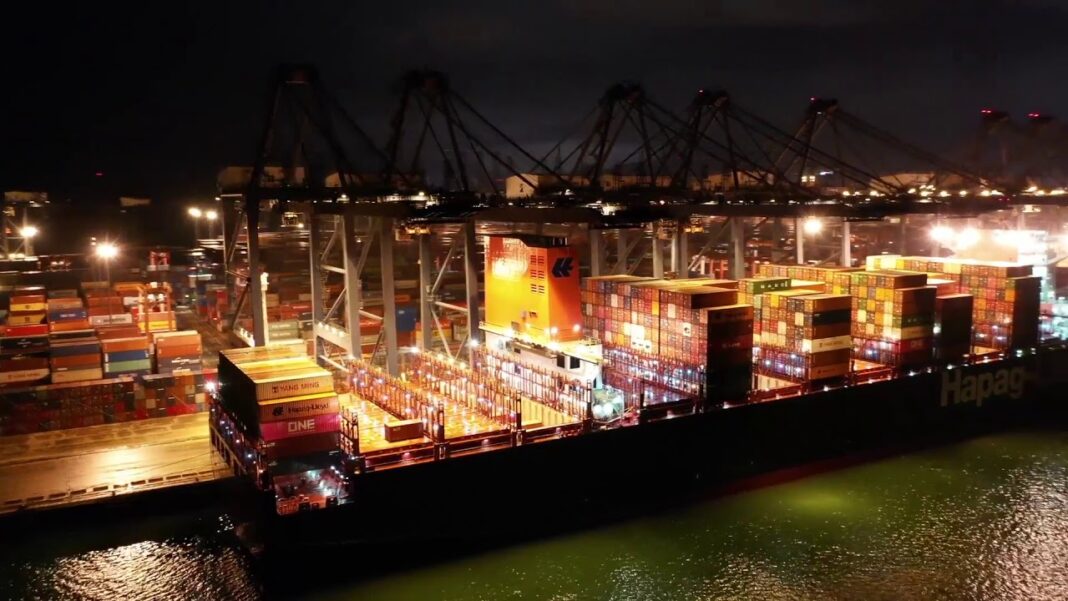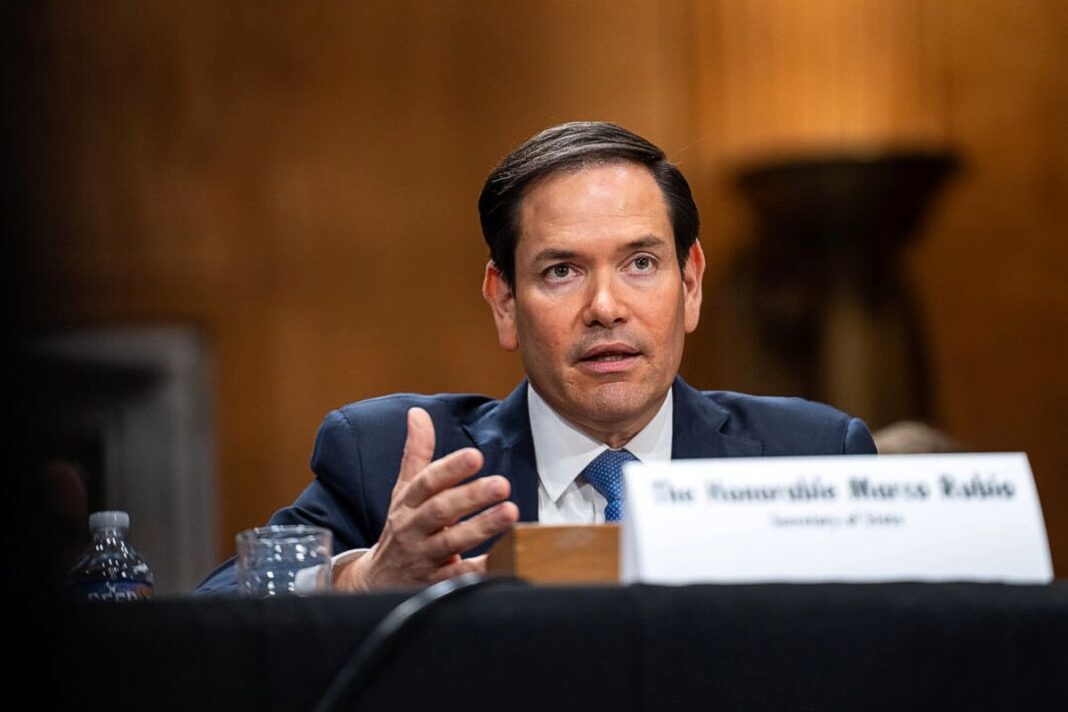The 90-day tariff reprieve has triggered record cargo bookings, soaring rates, and a rush to add factories outside China before duties snap back.
When word broke on May 12 that Washington and Beijing had agreed to a 90-day tariff pause, containers quickly piled up at Shenzhen’s Yantian International Container Terminal, the port that handles more than a quarter of U.S.-bound cargo.
U.S. duties dropped from 145 percent to 30 percent and China’s from 125 percent to 10 percent. Within a day, rows of outbound boxes jammed major Chinese docks, carriers were quoting peak-season surcharges for sailings weeks before summer, and spot rates on the Pacific began to soar.
The tariff reprieve expires on Aug. 11. If negotiators fail to reach a broader deal by then, tariffs of up to 54 percent could snap back into place.
Analysts say the 90-day truce offers only a brief lifeline. It has locked in a new playbook of rush shipping, floating-tariff contracts, and multi-country production hedges that will outlast the reprieve. Far from reversing the trend, it reinforces the supply-chain exodus that began in Trump’s first term and has accelerated in the current one.
Average weekly bookings from China to the United States spiked 277 percent in the seven days through May 14, the day the truce took effect, according to freight-tech firm Vizion.
Drewry’s index shows May 15 spot rates on the Shanghai–Los Angeles lane up 16 percent week-over-week to $3,136 per forty-foot container, while Shanghai–New York climbed 19 percent to $4,350.
“There won’t be enough ships for all this cargo. Get ready for surge pricing,” shipping firm Flexport chief executive Ryan Petersen said in a May 16 post on social media platform X, after his firm logged a 275 percent week-on-week spike in China–U.S. bookings.
“The 90-day reprieve simply resets the clock,” U.S.-based economist Davy J. Wong told The Epoch Times. “We’ve moved from ‘deal or no deal’ to chronic confrontation. High tariffs could remain as the baseline, and exemptions become the bargaining chips.”
Washington, he added, can raise or lower duties at will, using them as a lever whenever Chinese industrial policy shifts, the yuan slides, or U.S. inflation flares.
A lasting thaw of U.S.-China trade tensions “seems unlikely anytime soon,” Sun Kuo-hsiang, an international affairs professor at Taiwan’s Nanhua University, told The Epoch Times.
Each pause-and-rebound cycle, he said, nudges more factories abroad and pushes the higher-margin plants that stay to automate—auto-parts lines already swapping workers for robotic welding arms, appliance makers rolling out smart assembly cells.
By Sean Tseng








